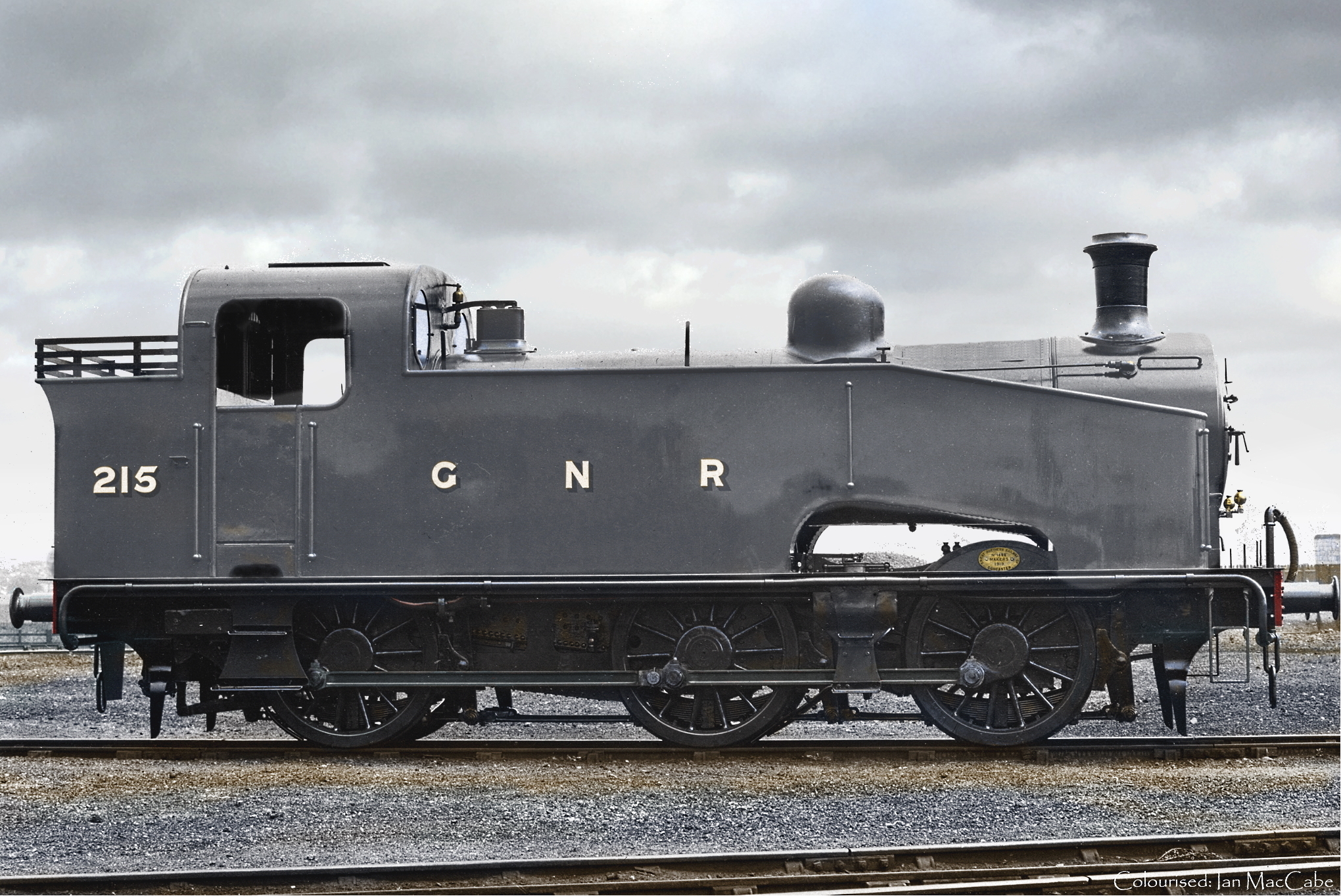Your cart is currently empty!
Sir Nigel Gresley
Sustaining the legacy

Class J50/J51
The Great Northern Railway class J23 (LNER J50/51) 0-6-0T was designed by Nigel Gresley in 1913 for working the steeply graded lines in the West Riding.

Gresley designed the Great Northern Railway (GNR) class J23 (LNER class J51) 0-6-0T in 1913 for working the steeply graded lines in the West Riding to replace the classes J3, J4, and J7 tender locomotives. As most of the work involved shunting and short trip workings, Gresley chose a tank engine design.
The tanks increased the adhesive weight, which was particularly useful on intended steeply graded lines. Traditional Doncaster saddletanks were rejected in favour of full-length side tanks. These tanks were sloped forward to avoid obstructing the driver’s view. Apertures were also provided to enable easy access to the motion. The long side-tanks would inspire the nickname “Submarine”.


The first thirty J51s were built between 1913 and 1919 in three batches of ten locomotives each. These initial locomotives used 4ft 2in diameter boilers that were displaced from Ivatt class R1 0-8-2Ts. The first batch had a short bunker and was classified J51/1 by the LNER. The subsequent long-bunker J51s were classified as J51/2.
At about Grouping (1923), two more batches of ten each were built. Both batches were fitted with 4ft 5in boilers with shorter fireboxes. These boilers were surplus after withdrawals and re-boilerings of classes D4, J4, and J7 locomotives. The first ten were built in 1922 just before Grouping, and the second ten were built in 1924. Although the GNR classified locomotives with both boiler sizes as “class J23”, the LNER divided them into two classes. The locomotives with the wider boilers became class J50.


The newly-formed LNER adopted the class J50 as a Group Standard design, and between 1926 and 1939 a total of 52 more class J50s were built. The Group Standard class J50s had a slightly different cab profile to fit the Composite Gauge. Minor standardisation of parts also occurred, and they were switched from left-hand drive to right-hand drive. All of the Group Standard locomotives were built with steam brakes except for the last fourteen which reverted back to vacuum brakes. Between 1929 and 1935, the class J51s were rebuilt as class J50s with the larger 4ft 5in boilers.
In December 1939, class J50 was divided into four sub-divisions. Class J50/1 was used for the rebuilt class J51/1s. Class J50/2 was used for the rebuilt J51/2s and the first two batches (1922/4) of class J50s. Class J50/3 was used for the Group Standard steam braked locomotives; and class J50/4 for the Group Standard vacuum braked locomotives.


All of the class J50s survived to Nationalisation (1948), when the allocations were to Ardsley, Bradford, Copley Hill, Doncaster, Colwich, Frodingham, Stratford, Woodford, Annesley, Sheffield, St. Margaret’s, and Eastfield. Most were still allocated in the West Riding, with lesser numbers further afield. In 1952, thirty class J50s were allocated to Hornsey to work transfer trips to the Southern Region. These engines also occasionally worked on empty coach workings between Hornsey and King’s Cross.
Withdrawals started in September 1958 with the arrival of diesel shunters. Withdrawals of regular locomotives were completed in September 1963, leaving only seven Departmental locomotives. The last departmental class J50 was withdrawn in September 1965, when Departmental No. 14 (ex-No. 68961) was scrapped in September 1965. None survive in preservation.

To find out more about the class J50/J51, visit LNER.info. Volume 8A of the RCTS ‘Locomotives of the LNER’ and volume 46B of ‘Yeadon’s Register of LNER Locomotives’ covers the class in detail
